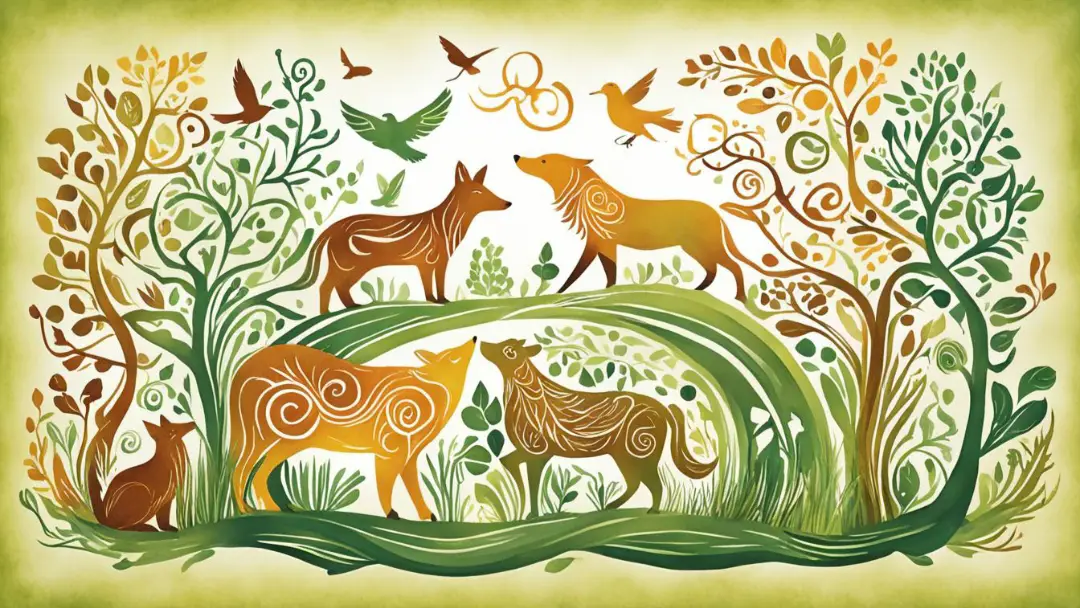Introduction
Spirit animals hold a central place in many Native American cultures. They are not merely mythological creatures or decorative symbols; rather, they embody profound wisdom, guidance, and a spiritual connection to nature. Each animal carries unique qualities, teachings, and stories that help individuals understand themselves and their place in the world.
The Concept of Spirit Animals
In Native American traditions, spirit animals are believed to act as guides and protectors. They are often encountered in dreams, visions, or through meditation and rituals. A spirit animal represents traits that the individual can learn from or rely on in challenging times. The belief in spirit animals reflects the deep connection between humans, animals, and the natural environment.
Key Aspects:
- Guidance: Spirit animals offer insight and direction in life’s challenges.
- Protection: They act as guardians, spiritually safeguarding their human companions.
- Connection to Nature: Through spirit animals, people develop respect, understanding, and harmony with the natural world.
Common Spirit Animals and Their Symbolism
Different tribes have different animals as totems, each with specific meanings. Some widely recognized examples include:
- Wolf: Represents intuition, loyalty, and leadership.
- Bear: Symbolizes strength, courage, and protection.
- Eagle: Stands for vision, freedom, and spiritual awareness.
- Buffalo: Embodies abundance, gratitude, and resilience.
- Owl: Signifies wisdom, insight, and the ability to see beyond the obvious.
Each animal teaches lessons that guide individuals in their personal and spiritual growth.
Rituals and Practices
Spirit animals are often incorporated into ceremonies, storytelling, and art. They appear in:
- Totem Poles: Carved and painted representations of spiritual guides.
- Dreams and Visions: Personal encounters with animals can reveal guidance or warnings.
- Storytelling: Folktales and myths communicate moral lessons and cultural values.
- Art and Jewelry: Depicting spirit animals reinforces connection and remembrance.
These practices help preserve cultural knowledge and ensure that the wisdom of ancestors is passed down through generations.
Modern Relevance
Even today, Native Americans continue to honor and work with spirit animals. While the interpretation of these symbols can vary, their essence remains: a bridge between humans, nature, and the spiritual world. Spirit animals remind people that humans are part of a larger ecosystem, and by observing and learning from animals, one can cultivate balance, resilience, and wisdom.
Conclusion
Spirit animals in Native American culture are far more than symbols; they are living guides, teachers, and protectors. They embody the connection between humans, nature, and spirituality, offering lessons that remain relevant across generations. Understanding the meaning of spirit animals enriches not only spiritual practice but also the appreciation of indigenous wisdom and cultural heritage.

